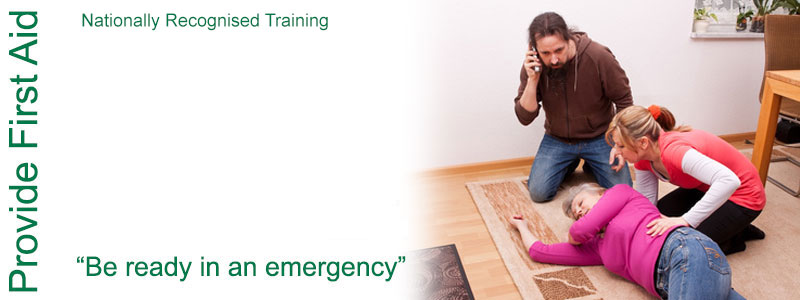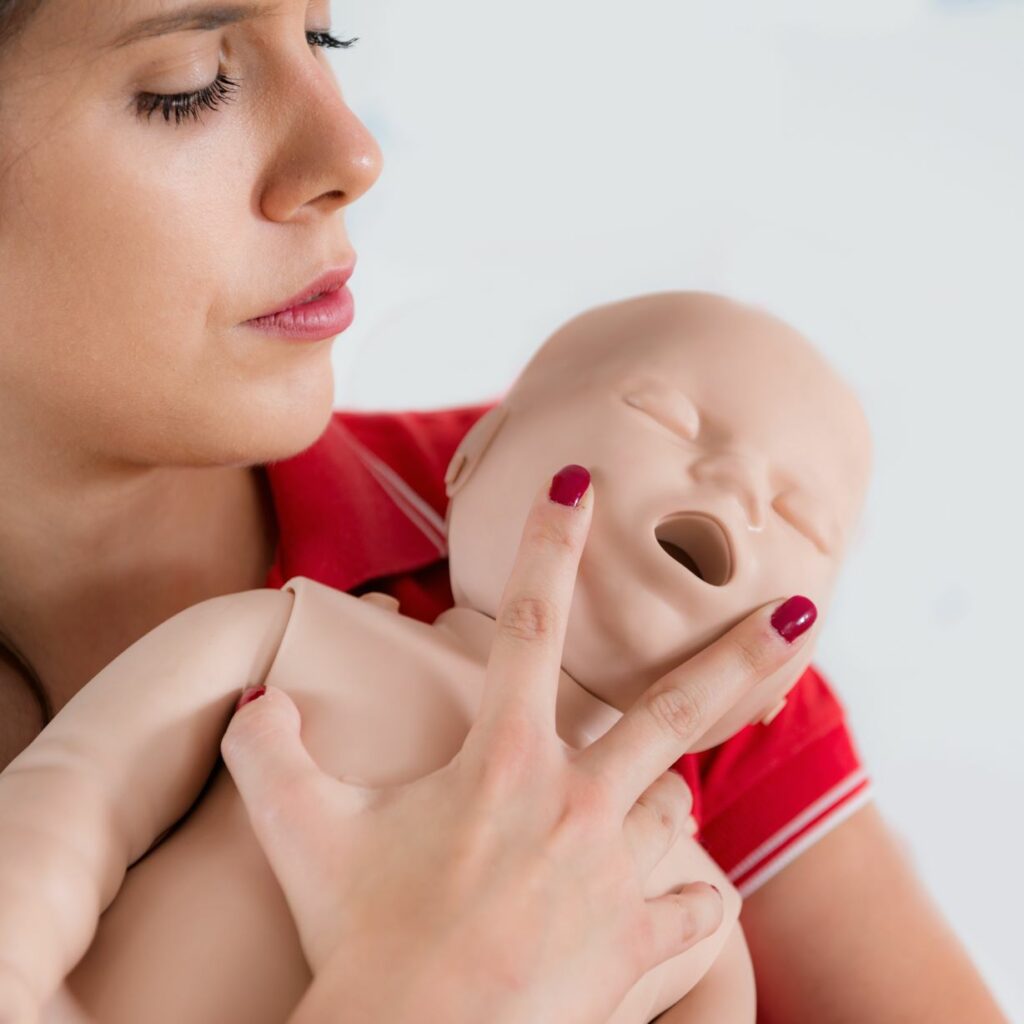Introduction
In the high-stakes environment of medical care, every second counts. Recognizing healthcare facility codes and procedures is crucial for doctor, first responders, and also laymans trained in Basic Life Support (BLS). This article delves into numerous facets of medical facility codes and procedures from a BLS viewpoint, emphasizing the importance of interaction, swift activity, and adherence to established standards. We'll explore standard vs advanced life assistance techniques, efficient methods for examining responsiveness, recognizing no breathing, public defibrillator use, BLS accreditation needs, and much more.
Hospital Codes and Methods Explained: A BLS Perspective
When we speak about healthcare facility codes and protocols, we're basically reviewing a standard language that guarantees reliable communication among doctor. These codes vary from emergency situations to regular medical facility operations. For instance, the popular "Code Blue" represents a patient requiring prompt resuscitation initiatives due to cardiac arrest. Understanding these signals can encourage both doctor and onlookers throughout critical situations.
What Are Medical facility Codes?
Hospital codes are succinct phrases or terms that connect details scenarios or emergency situations within a medical care setting. They're designed to reduce panic while guaranteeing quick response. Right here's a break down of some typically used hospital codes:

- Code Blue: Heart attack; instant resuscitation is needed. Code Red: Fire alert; discharge procedures might be necessary. Code Yellow: A bomb threat has been reported. Code Orange: Hazardous product spill or exposure.
These codes guarantee everyone on personnel comprehends the scenario promptly without unneeded discussion-- speed is frequently crucial in emergencies.
Understanding Methods in Healthcare
Protocols describe developed procedures that direct healthcare experts in supplying treatment efficiently and securely. They incorporate every little thing from exactly how to manage emergencies like heart attacks to everyday functional procedures such as person check-ins. In BLS training, individuals discover certain methods for assessing clients' problems and giving instant assistance.
Basic vs Advanced Life Support: What's the Difference?
When it comes to life assistance training, there are two primary levels: basic life support (BLS) and advanced life assistance (ALS).

Basic Life Support (BLS)
BLS includes basic techniques that anyone can find out. It includes:
- Checking responsiveness Identifying no breathing Performing chest compressions Using an Automated External Defibrillator (AED)
BLS focuses on stabilizing people up until advanced help arrives.
Advanced Life Support (ALS)
ALS surpasses basic strategies and consists of advanced treatments such as:
- IV drug administration Advanced air passage management Monitoring heart rhythms with telemetry
These skills usually need added training and are performed by paramedics or doctor with specialized education.
The Relevance of Checking Responsiveness
One of the very first steps in any emergency circumstance is checking responsiveness. Asking basic concerns like "Are you alright?" aids establish if the individual is mindful. If they don't respond:
Call for aid immediately. Assess their breathing. Prepare to begin CPR if there's no sign of breathing.This swift action can make all the distinction in between life and get more info death.
Identifying No Breathing: The Crucial Step
It's essential to separate in between normal breathing and no breathing in any way during an emergency situation analysis. If somebody shows up less competent however has struggled breaths or gasps (agonal breathing), this still warrants instant attention as it might suggest an extreme clinical crisis.
Look for upper body rise. Listen for breath sounds. Feel for air from their mouth or nose.If there's no evidence of breathing after 10 seconds, it's time to initiate CPR right away!
Public Defibrillator Use: A Lifesaving Tool
Public gain access to defibrillators (PADs) have become significantly available in position like mall, gyms, schools, and offices. Knowing just how to utilize these gadgets can dramatically increase survival rates during heart emergencies.
How to Use a Public Defibrillator
Turn on the AED: Most devices will certainly supply voice motivates when activated. Attach pads: Position them on the bare breast as shown on the device. Analyze rhythm: Permit the AED to assess whether a shock is needed. Deliver shock if advised: Make certain no one is touching the client when providing a shock.Training programs commonly consist of simulations utilizing AEDs so people feel great using them throughout real-life situations.
BLS Accreditation Requirements
For anybody curious about coming to be certified in Basic Life Support, a number of organizations provide training courses which cover Click here! essential skills needed in emergencies:
- American Heart Organization (AHA) American Red Cross National Safety and security Council (NSC)
Certification generally requires completion of a training course complied with by an examination demonstrating effectiveness in essential abilities like CPR methods-- taking turns on compressions when multiple rescuers exist comes to be vital here!
The Duty of Preserving Composure During Emergencies
When faced with high-pressure scenarios such as heart attacks or trauma cases, keeping composure becomes extremely important-- not simply for your purpose yet additionally for those relying upon your activities! Panic can shadow judgment; for that reason:
Take deep breaths prior to coming close to any kind of rescue scenario. Focus entirely on tasks handy as opposed to frustrating emotions. Remember that having actually exercised these skills makes you a lot more prepared than you think!FAQs About Hospital Codes & & Protocols
1. What should I do if I come across somebody unresponsive?
If you discover a person less competent:
- Check responsiveness by drinking their shoulder gently while asking if they're okay. Call 911 quickly if there's no response. Check their breathing; start CPR if necessary.
2. Just how often must I renew my BLS certification?
Typically, BLS certifications need renewal every 2 years; however, get in touch with your accrediting organization as some childcare first aid certificate might mandate extra constant updates based on industry standards.
3. Can anyone utilize an AED?
Yes! Public accessibility defibrillators are designed for usage by any individual despite medical training-- simply comply with voice motivates given by the device itself!
4. What's the appropriate compression rate during CPR?
The advised compression price is between 100-- 120 compressions per minute-- keeping up this speed preserves efficient blood flow until further assistance arrives!
5. How do I identify agonal gasps?
Agonal gasps appear irregularly spaced breaths or superficial breathings occurring intermittently-- they indicate severe distress although they could look like typical respiration in the beginning glance!

6. Why is taking turns on compressions important?
Taking turns protects against rescuer tiredness which can bring about slower compression prices-- aiming for optimum blood circulation makes certain extra effective resuscitation initiatives overall!
Conclusion
In recap, recognizing health center codes and methods from a BLS perspective equips both laymans and expert -responders with crucial expertise that can save lives during clinical emergencies-- whether via performing basic life support strategies or using modern-day devices like public access defibrillators! As we have actually explored today-- from checking responsiveness down with understanding advanced treatments-- the goal remains regular throughout all techniques: prompt action leads directly towards much better results when lives hang in equilibrium! So why wait? Equip on your own with these life-saving abilities today with official training programs available right around you!